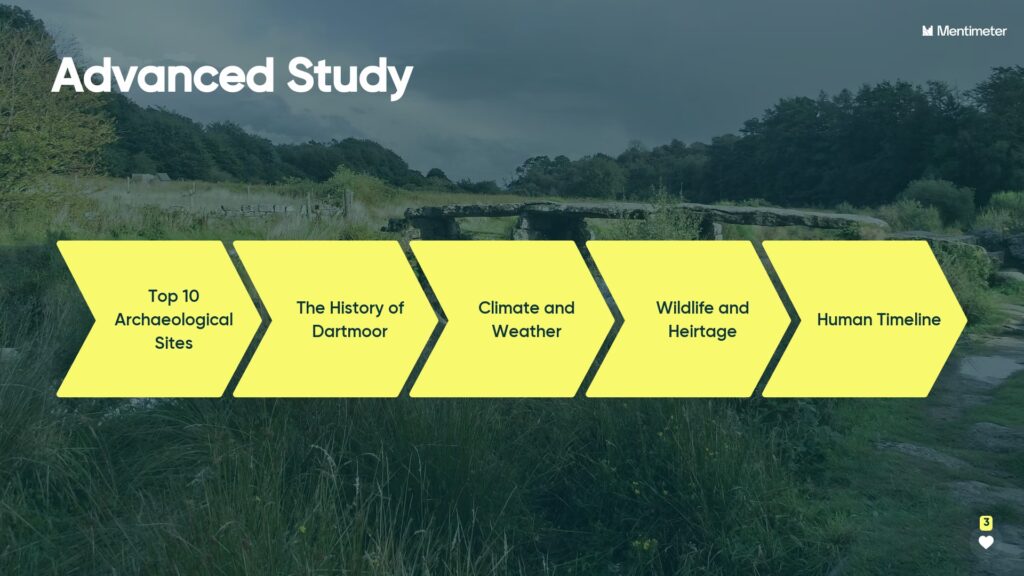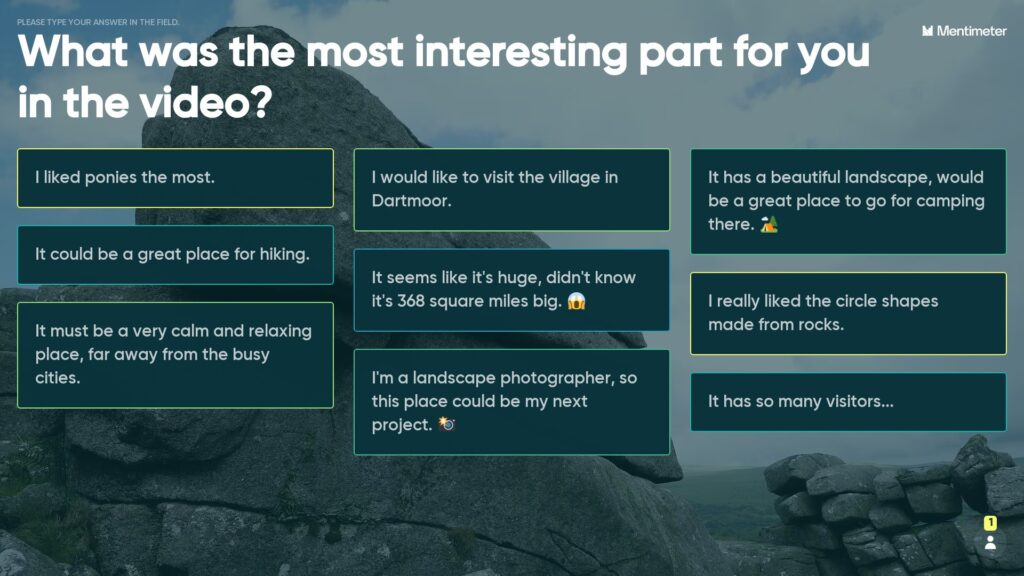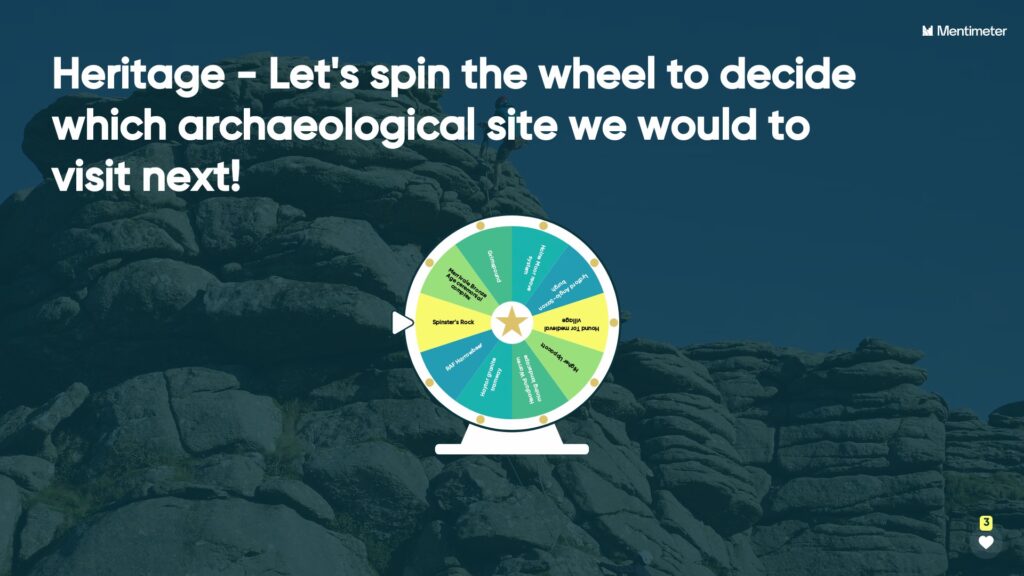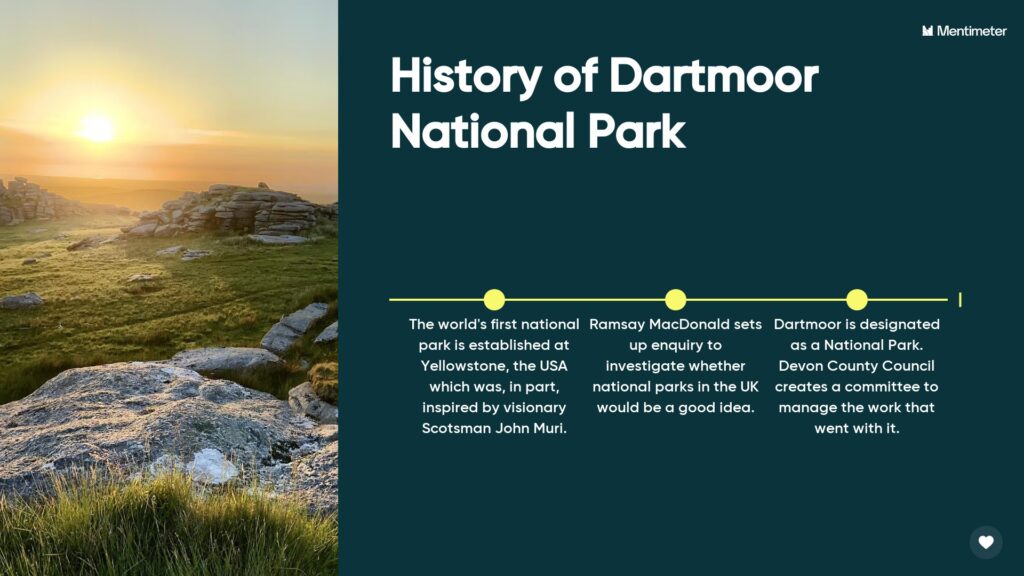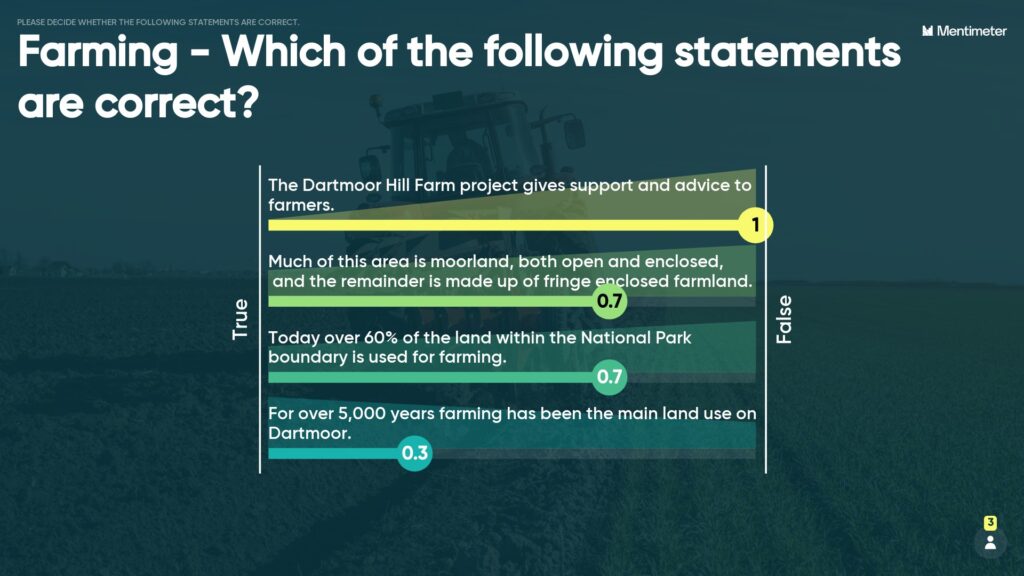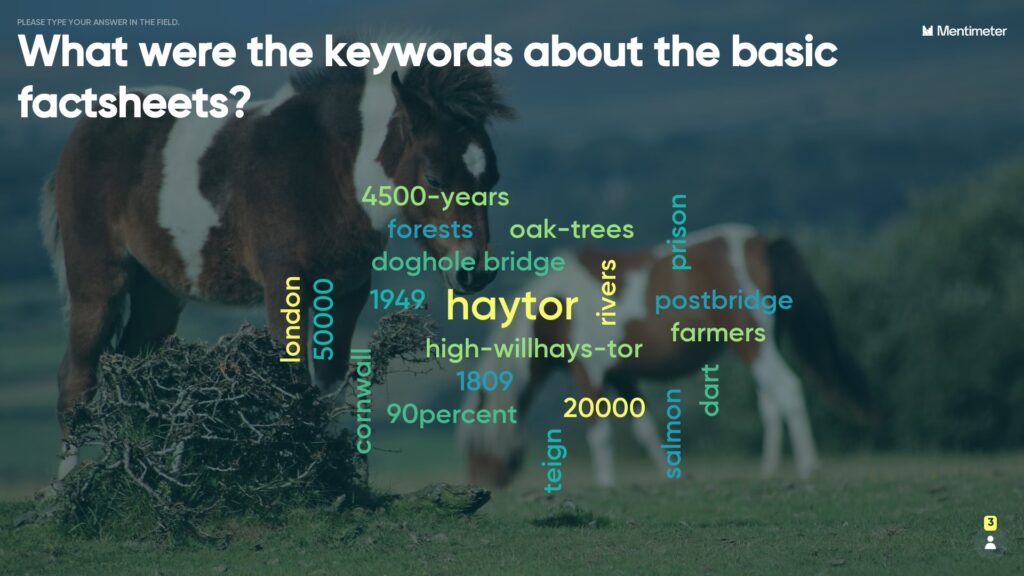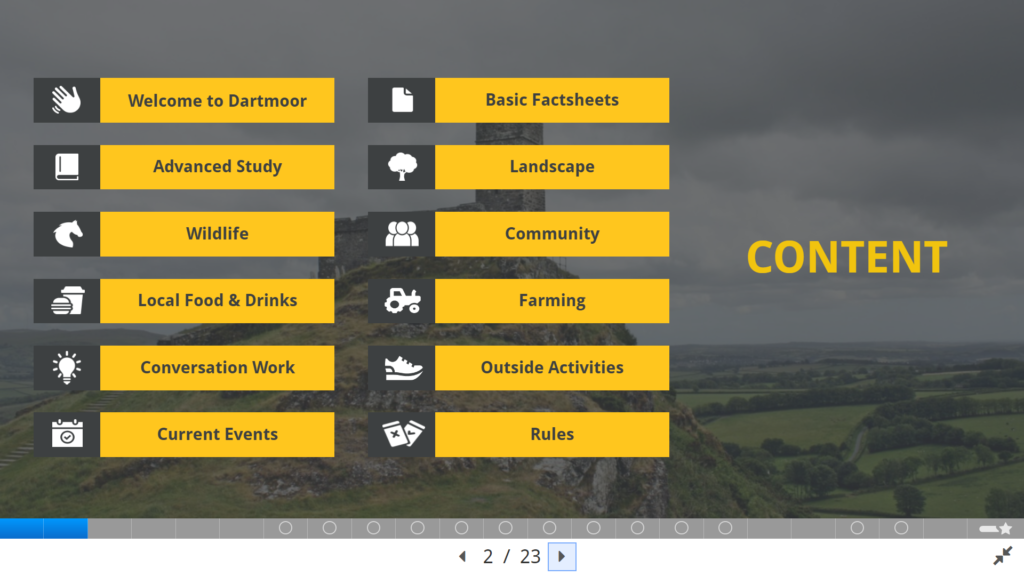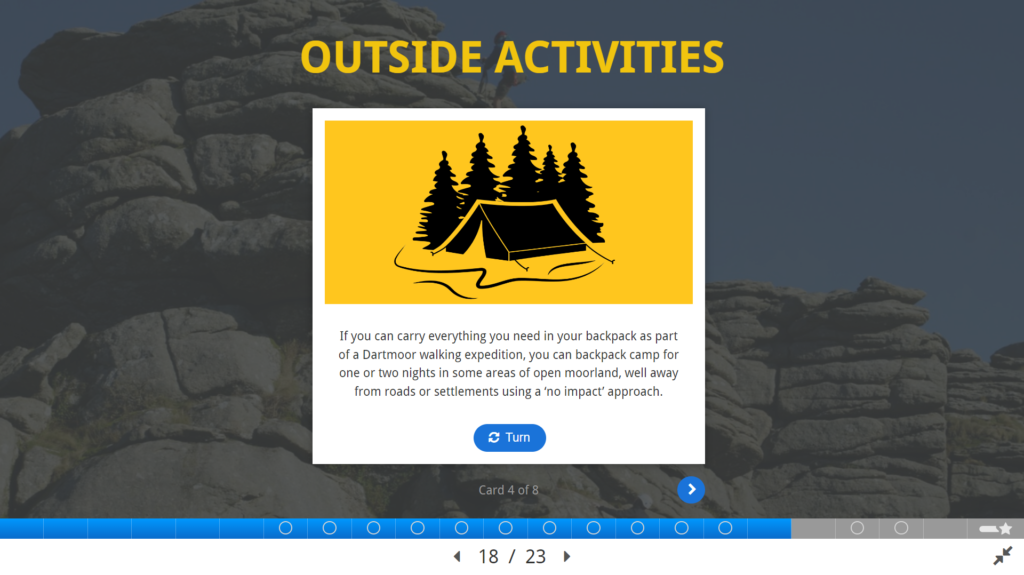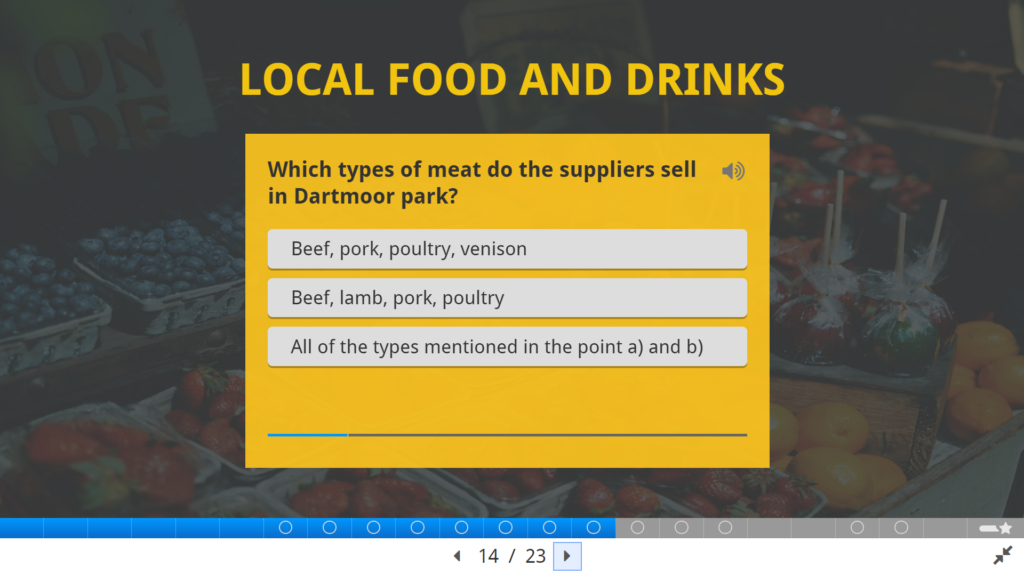How to select between these technologies?
Due to the various technologies available in the current market, usually, it is not simple to determine which tool we should use for teaching sessions, workshops, conferences, team management, follow-up tasks, icebreakers, assessments, and so on.
Teaching environment adds another level of complexity, as different practices and technologies are recommended to be used in a face-to-face, blended, hybrid, or distance learning environment, especially if interactive or collaborative tasks are planned for these which we would like to re-use in other environments (such as in the DLE) paying great attention to accessibility, responsivity, tracking student attempts and much more. As academics, we also need to make sure that the materials we build with these tools will be aligned with the curriculum,the learning objectives, outcomes, and assessment criteria; and will provide a smooth learning process for students to undertake modules/courses where excellent student experiences can be offered.
Before we can select the best tool for the job, we also need to make sure that our digital skills and capabilities are on the “required” level to be able to identify, use and utilise features to make these sessions as interactive and collaborative as possible to align with the curriculum and the purpose of the tools. For this reason, Digital Education have created many useful supporting materials in relation to H5P and Mentimeter, some of these we highlighted below. For Microsoft Powerpoint we have also linked to some helpful articles available on their official website.
H5P
H5P is a powerful authoring tool in Moodle that enables you to quickly create rich and interactive content to enhance your courses.
Increasing interactivity in online learning with H5P
H5P examples for demonstration purposes
More help materials on H5P’s website
Mentimeter
Mentimeter is a cloud-based polling tool to collaborate with students through presentations in real-time using mobile or other devices.
How to use Mentimeter in classrooms
Mentimeter examples for demonstration purposes
More help materials on Mentimeter’s website
PowerPoint
Microsoft PowerPoint is a tool in the Microsoft Office suite which is used to create presentations for personal and professional purposes.
For help and assistance, please contact the Service Desk
More help materials on Microsoft’s website
What would be the best technology to use out of these?
Due to the similarities of these technologies, we might think we need to select one of them and stick with it, however, the answer is much more complex as the main purpose of developing and using these applications is non-identical, but some of their features might function in a similar way due to the demand of users and the continuous updates of these tools to keep them competitive in the market.
As such, for example, for presentations, you could use Mentimeter, Microsoft PowerPoint, or ‘Course Presentation’ in H5P, however, for your final choice, you will need to consider the following core points:
- the type of experience, such as teaching sessions, workshops, team management, larger events, conferences, etc;
- the environment where you would like to share your material with your audience (such as face-to-face, hybrid, blended, or distance learning) and whether this would be used synchronously, asynchronously, or both;
- the purpose of using the tool, such as displaying static, interactive, or collaborative content, follow-up tasks, and formative assessments (such as quizzes) to improve and maximise audience interest, engagement, motivation, and therefore, performance;
- other essential features, such as sustainability and re-usage (such as in Moodle), accessibility, responsivity, user-friendly interface, and navigation;
- safety, data security, and inclusivity; and lastly
- the disadvantages of the tools which you might meet with during building content, sharing materials, tracking student attempts, and so on.
To take a deeper look at this, we mapped out the following core points to see which tool could be used under what circumstances for creating presentations. We would also recommend you do the same with your material before you select one of these technologies to use for building content.
| Presentation Core Points | H5P | Mentimeter | PowerPoint |
|---|---|---|---|
| Teaching sessions (face-to-face, hybrid, and blended learning) | X | ✓ | ✓ |
| Distance learning | ✓ | X | ✓ |
| Meetings and team management | X | ✓ | ✓ |
| Larger events (e.g. conferences, workshops) | X | ✓ | ✓ |
| Static content | ✓ | ✓ | ✓ |
| Interaction (follow-up tasks/ icebreakers/ quizzes/ formative assessments) | ✓ | ✓ | X |
| Collaboration | X | ✓ | X |
| Sustainability and re-usage (e.g. uploading materials to Moodle) | ✓ | ✓ | ✓ |
| Accessibility | ✓ | ✓ | ✓ |
| Responsivity | ✓ | ✓ | X |
| User-friendly interface and easy navigation | ✓ | ✓ | ✓ |
| Building rich content in a short time | ✓ | ✓ | ✓ |
| Sharing, and editing content simultaneously with collaborators (e.g. colleagues) | ✓ | ✓ | X |
| Improving student interest, engagement, motivation, and performance | ✓ | ✓ | X |
| Data security | ✓ | ✓ | ✓ |
| Establishing an inclusive and safe atmosphere | ✓ | ✓ | X |
| Tracking student attempts with names | ✓ | X | X |
| Grading student attempts | ✓ | X | X |
We also created a presentation for demonstration purposes about Dartmoor National Park, using Mentimeter and H5P, so you can compare the end results of these tools.
Summarising the points above, you might need to use one or all these three tools separately or simultaneously, depending on your goal and on different scenarios, therefore, if you are unsure about when to use which of them, please ask for advice from Digital Education.
What do our staff think about these technologies?

You can find a lot of useful reviews about these technologies, where people, including academics, share their opinion about their usage and experience in relation to these tools. Out of these, we recommend looking at Software Advice and GetApp.
In addition, we also asked some of our staff members to share their own opinion and previous experiences which we are explicitly sharing below.
How often and why have you started to use these technologies?
Most of the interviewed staff members told us that due to improvements and positive student experiences, they have regularly used Mentimeter and Microsoft PowerPoint which they heard about from colleagues, Digital Education, and/or online resources. Additionally, some of them also stated that they had the chance to use H5P a few times within an academic year as they wanted to improve the content of their modules. In a small percentage, some staff members stated that they are very familiar with the H5P features, as they use them regularly.
Using a mix of multiple technologies might lead to higher student interest and engagement as the variety of content would prevent monotony which is common feedback highlighted by students in online education. English Language Teachers from different Universities in Asia researched and analysed the experienced student feedback during pandemics which was published in 2021, where they highlighted a few of the comments they received, such as:
“It’s difficult to concentrate on the online lectures especially after listening to the teacher talking for one or two hours without any interactions (Cara, Interview).” […] “In the online courses, the teachers talked most of the time. We just listened. There wasn’t much interaction with the teacher or feedback on my thought. It’s a bit disappointing” (Evan, Interview).
Another research conducted by the University of Reading highlighted that 96% out of 206 students enjoyed Mentimeter and 82% of them were more satisfied when it was used in teaching sessions. Additionally, based on the received responses, 95% of them enjoyed their learning more or much more; whilst 62% said that the teaching sessions felt more informal and fun.
Similarly, a case study conducted by the Kwantlen Polytechnic University with the help of The H5P Kitchen company demonstrated that around 94% of students out of 86 were very satisfied or satisfied with their overall experience using interactive H5P tasks; whilst 85% of them were very satisfied or satisfied with the clarity of communication and feedback provided in these tasks.
More research conducted by the Allama Iqbal Open University (which is the largest university in Asia in distance education) focused on finding out the satisfaction level of students using Moodle where an H5P interactive video was used. As they said:
“This study also showed that H5P is very easy to use and one can easily convert existing static or recorded video content into an interactive video content which can help in boosting the interest of the learners by engaging them in different on-spot questions while the video is running. Therefore, it was recommended to use H5P interactive video content to increase the students’ engagement in learning at higher education level on MOODLE.”
Kamran Mir, Muhammad Zafar Iqbal and Jahan Ara Shams (2022)
Regarding this, we also often get questions like “how much interactivity and/or collaborative tasks should be added to materials to engage students”; “whether these technologies should be used in all teaching sessions”, and many more. We always recommend using these technologies carefully in alignment with the curriculum to make sure these tasks would not be forced as that can also result in negative student experiences, just as not being able to complete these tasks smoothly due to the lack of digital skills and capabilities these tools would require from students. As Rachel Stanyer, a Lecturer in the Faculty of Health also highlighted:
“it is important not to overload them with too many different formats. Some of my students still need explanation re notes pages and links included in PP (which is pretty basic) so they are not knowledgeable about resources and different formats.”
Rachel Stanyer, Lecturer in Midwifer – Faculty of Health.
For this purpose, Digital Education regularly organises student-faced support sessions where students can ask technical questions in relation to the University tools from the Student Digital Champions. If you would like them to offer support for your students, please contact Digital Education.
Where have you used these technologies?
Most of the interviewed staff members stated that:
- they have used all three technologies for teaching sessions in different environments (such as face-to-face, hybrid/blended, or distance learning);
- at larger events (such as workshops, and conferences), and team management Microsoft PowerPoint was the most commonly used;
- whilst for follow-up quizzes and icebreakers, H5P and Mentimeter were frequently used.
If you would like to be inspired with new ideas about where else you could use Mentimeter, and how it can be used in that environment, we would recommend watching some of their interesting webinars where educators from different institutions share experiences.
For using H5P in Moodle, please look at the following webinar session that was held by Moodle. Please note, Digital Education also plans to hold a similar webinar about H5P where all staff members are welcome to join across the University – further details will be available shortly here.
Which of these technologies did you enjoy the most? What is your favorite content type?
We also asked the interviewed staff members which tool they enjoyed using the most and which is their favorite content type. As one of the academics stated:
“Mentimeter – because I can put PowerPoint slides into it, but make the presentation more interactive and engaging for learners. It can also help engagement with those who may not speak up other wise, and also to get a snapshot of understanding of learners.”
Benjamin Thorne, Lecturer in Accounting – Faculty of Arts, Humanities and Business.
Another academic professional highlighted using H5P which she used for the first time for an online-self-directed course designed for Ph.D. students.
“I was new to using H5P. I wanted to present the course in a way that allowed students to actively engage with the content in a range of ways, e.g. reading, reviewing, critiquing, watching etc. through activities such as quizzes, blogging, videos. I was mindful of overwhelming the students with too much content at once, and wanted a way to monitor progress etc. I also wanted it to look nice and be easily navigable to the students” […] “H5P enabled this and allowed discrete themes within the online course to be brought together through tools such as interactive book.” She also added that the content types she used “allowed me to create meaningful and relevant opportunities to engage the learners, address the learning outcomes and were relatively easy to use. I am by no means ‘techy’ but I managed to work out how to complete what I would consider to be the more complex activities such as the drag and drop quiz, hot spot and even the interactive video independently” […] “I was surprised by how easy I had managed to develop these activities myself.”
Rebecca Turner, Associate Professor in Educational Development – Professional Services
On the contrary, other academics would still prefer to use Microsoft PowerPoint over Mentimeter, as they are the most familiar with that tool, and they find transferring to Mentimeter a challenge, as the Mentimeter plugin is not recommended to be used, at the moment, which might change in the future.
As such, Digital Education recommends to transfer your learning content across slowly beginng with key presentations. This is to make sure its not too overwhelming for our staff, as the process can be time-consuming and challenging at the same time to understand the differences between features and to convert the material in a way that it can be used for Mentimeter, such as converting some parts of the static content into interactive tasks. The converted presentation then can be used as a ‘test example’ to test it out with students. You can gather feedback from students and gain a deeper understanding of the student perspective and therefore you can improve the design and structure of the presentations that you wish to convert in the future.
What are the advantages of these technologies in your opinion?
The majority of those interviewed said, Mentimeter and H5P could be a better option to use – rather than Microsoft PowerPoint-, for interactions, gamification (where game mechanism would be implemented), collaboration, responsivity, and establishing a safe and inclusive atmosphere, where due to the user-friendly interface and easy navigation, rich content can be built in a short time.
However, as some also stated, Microsoft PowerPoint could be also used for building rich and accessible content due to its ease of use, but with it, student interest, engagement, motivation, and performance cannot be improved.
Interestingly, some of our interviewees found H5P easier to use than Mentimeter to build rich and aesthetic content that would serve similar purposes as Mentimeter does, such as interactions, gamification, responsivity, accessibility, and many more.
How can these advantages help develop student skills?
We often mention that using educational technologies, such as H5P and Mentimeter, can improve student interest, motivation, engagement, and therefore performance as they allow you to use, for example:
- visually rich design, multimedia, and interactivity that can grab attention.
- learner-centered and emotionally-driven approaches (such as storytelling, using relevant scenarios or provocative questions) as students will feel more connected.
- progress trackers and rewards that will boost their confidence.
- social interactions, so they will feel less isolated.
In the same way, it can also help develop the digital skills and capabilities of students. Here are two useful ways of looking at student digital skills development: JICS framework in the UK, or the DigComp framework in the European Union.
In addition to these digital skills and capabilities (such as ICT proficiency, digital communication and collaboration), other useful skills and capabilities will be also developed, such as problem-solving, time management, decision-making and leadership, logical, critical, or analytical thinking which are used on daily basis but will also be helpful during their career paths.
Which would you recommend to our staff the most and why?
We also asked them which of these technologies they would recommend and why. As one of the academics said:
“Menti for sure, to engage students more, and to create more interactive blended learning. Also allows to quickly “mark” students work without having to check everyone.” However, he also highlighted that although it can improve engagement, interest, motivation, and therefore, student performance, but “there is always a significant group who will not engage no matter what. I think I get about 40-50% of classes (in large seminars) answering, and the rest just watching and waiting.”
Benjamin Thorne, Lecturer in Accounting – Faculty of Arts, Humanities and Business.
Another academic also recommended Mentimeter as it is:
“interactive and can be anonymous, so people feel ‘safe’ to share feelings/ideas without feeling threatened.” She also added “I have also used it for quizzes when Kahoot reduced the capacity I was allowed.”
Rachel Stanyer, Lecturer in Midwifery – Faculty of Health.
H5P was also highlighted by some of our interviewed staff members:
I would recommend them all. Specifically with respect to the use of H5P, I did dread initially getting to grips with it.” […] “I did find the interactive book tool particularly useful, as it allowed me to bring all the activities relevant to a particular topic or theme together, and then the student will be able to work through these sequentially. As I got more familiar with the range of H5P activities, I got a better sense of how they could be used e.g. using text boxes to separate out activities within a section to avoid the screen looking too cluttered.” She also added that she is planning to re-visit her other courses that uses a flipped curicculum design as “I feel the format of the H5P activities works better than how it is currently presented. A task for another day!”
Rebecca Turner, Associate Professor in Educational Development – Professional Services
“H5P – It made my lectures more much interactive. I used the flashcard option for revision cards – it worked really well and increased engagement. I would also like to add that the DLE staff have been incredible in teaching me how to use this technology!!!” She also added “H5P worked extremely well in making the distance learning as interactive as possible. I used interactive book to contain lecture, resources and formative questions in one book. This enabled the students to easily navigate through the module. The Moodle site received very positive student feedback.”
Hannah Stewart, Programme Lead Advanced Clinical Practice in Ophthalmology – Faculty of Health
Thank you

_
Digital Education would like to say a huge thank you to our staff members, for innovatively using these technologies, whilst optimising their features, and accepting our interview invitation.
Summary
Based on the suggestions of Digital Education and our interviewed staff members, we recommend using all the tools – H5P, Mentimeter, and Microsoft PowerPoint-, however, the consideration of which of these technologies should be used under what circumstances and scenarios, should be carefully considered. The type of learning experience, environment, purpose, features, safety and inclusivity, data security and disadvantages should all be taken into account.
If you are unsure about the selection or have any further questions regarding these technologies (including requesting training and/or demonstration sessions), please do not hesitate to contact Digital Education.
References
- Kamran Mir, Muhammad Zafar Iqbal and Jahan Ara Shams (2022) “Investigation of Students’ Satisfaction about H5P Interactive Video on MOODLE for Online Learning,” International Journal of Distance Education and E-Learning, 7(1), pp. 71–82. Available at: https://doi.org/10.36261/ijdeel.v7i1.2228.
- Levine, A. (2020) “Student Feedback on H5P Practice Problems in ‘Concepts of Biology,’” The H5P Kitchen. Available at: https://kitchen.opened.ca/2020/09/30/student-feedback-on-h5p-practice-problems-in-concepts-of-biology/ (Accessed: February 15, 2023).
- Mayhew, E., Davies, M., Millmore, A., Thompson, L. and Pena, A. (2020) The impact of audience response platform Mentimeter on the student and staff learning experience. Research In Learning Technology, 28. ISSN 2156-7077 doi: https://doi.org/10.25304/rlt.v28.2397 Available at https://centaur.reading.ac.uk/91682/
- Yang M, Mak P, Yuan R. Feedback Experience of Online Learning During the COVID-19 Pandemic: Voices from Pre-service English Language Teachers. Asia-Pacific Edu Res. 2021;30(6):611–20. doi: 10.1007/s40299-021-00618-1. Epub 2021 Oct 26. PMCID: PMC8547125.





